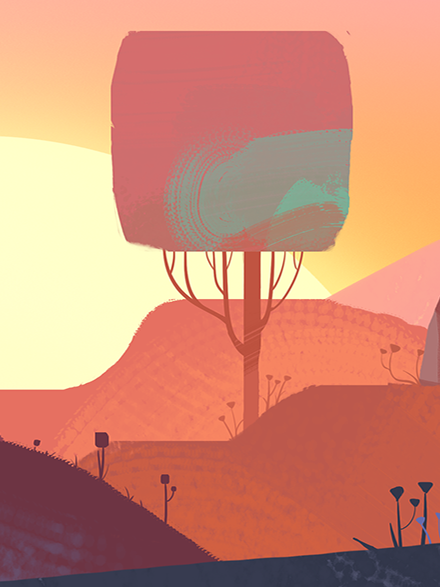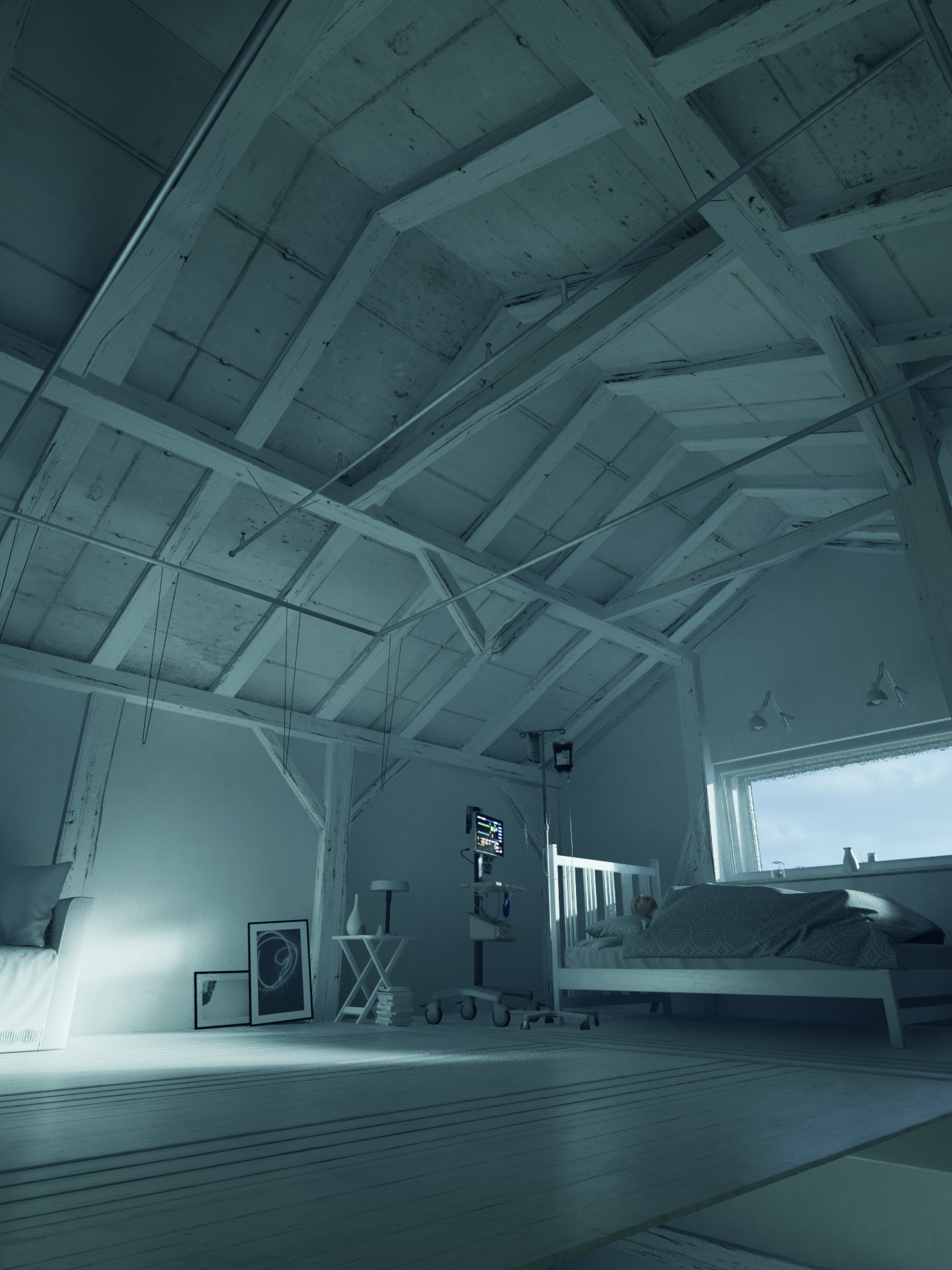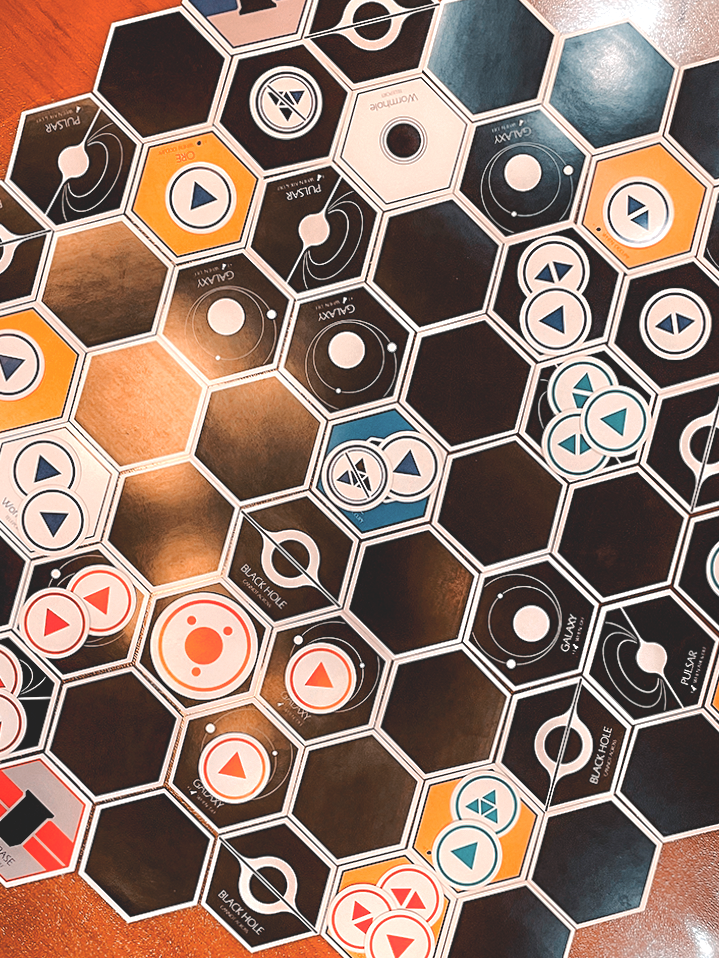Best MR Design
2023 PICO Dev Jam
Personal Contribution
Gameplay Design / Level Design / Paper Prototyping
Game Flow & UI / Level Art / Animation / Demo Video
Special Thanks
Min Pan - Programming
Muyan Yang - Programming
Huanmin Yi - Paper Prototyping / Testing
Game Downloads
Device Requirements: PICO 3 / PICO 4
Core Gameplay and Features
Your Room Is a Part of the Puzzle
Post It is an MR-driven puzzle game. Each level will not be displayed directly but will show a set of sticky notes that combine the levels. Players need to place the sticky notes to form a maze and control the ball to pass through it. However, some levels may need to be achieved in three-dimensional space, while players need to think about and search for corresponding structures (wall corners, corners) in reality, in their room, to make the notes stick to different planes to make the passable maze. This core gameplay makes reality location finding a part of the puzzle solving. There will be no prompts, players need to discover it all by themselves. For example, when players discover that a level requires a corner to pass, they need to really go to a real-world corner. The core gameplay designed in this way reflects the interaction between reality and virtuality brought about by MR.
Guide and Increase Players Thinking Time Through "Keys"
Because the placement of levels is completely left to the player, with high degrees of freedom and uncontrollability, some "stars" as the keys for opening doors have been added to the maze. Players must get all the stars to open the exit. Restrict players' routes while guiding them. This design ensures that the player's clearance path does not deviate too much from the main line of the core gameplay.
Quick Demo Video
Game Flow
Step 1
At the beginning of each level, players will be given a stack of sticky notes with the maze parts. Players need to figure out how to make the ball to the exit.
Step 2
Find a suitable place and place the sticky notes. Players can use the controller to select and move the pieces, ensuring that the papers are in the right position.
Step 3
After the players set up the maze, players need to confirm it by clicking a button on the controller. Then, control the ball to collect all stars, and successfully reach the exit.
Art design mentality and Levels
Pen line drawings are the main reference for the game art style. I simplified the lines and made them more simple and regular but still maintained a hand-drawing style. Imitate the effect of drawing on sticky notes. For three-dimensional spaces, we use cartoon materials for the ball and stars to make them look flat and hand-drawn.
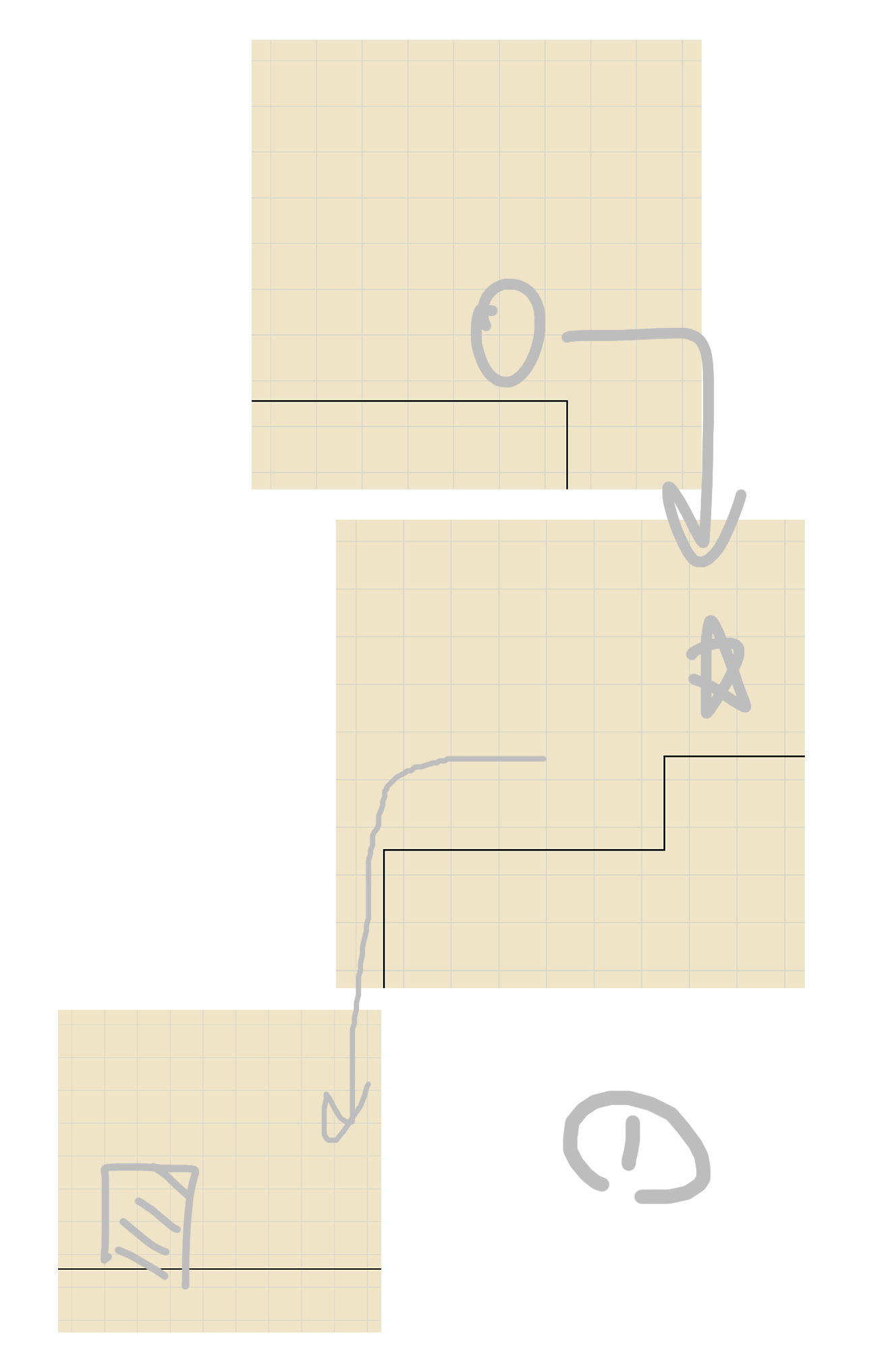
Level 1 Layout
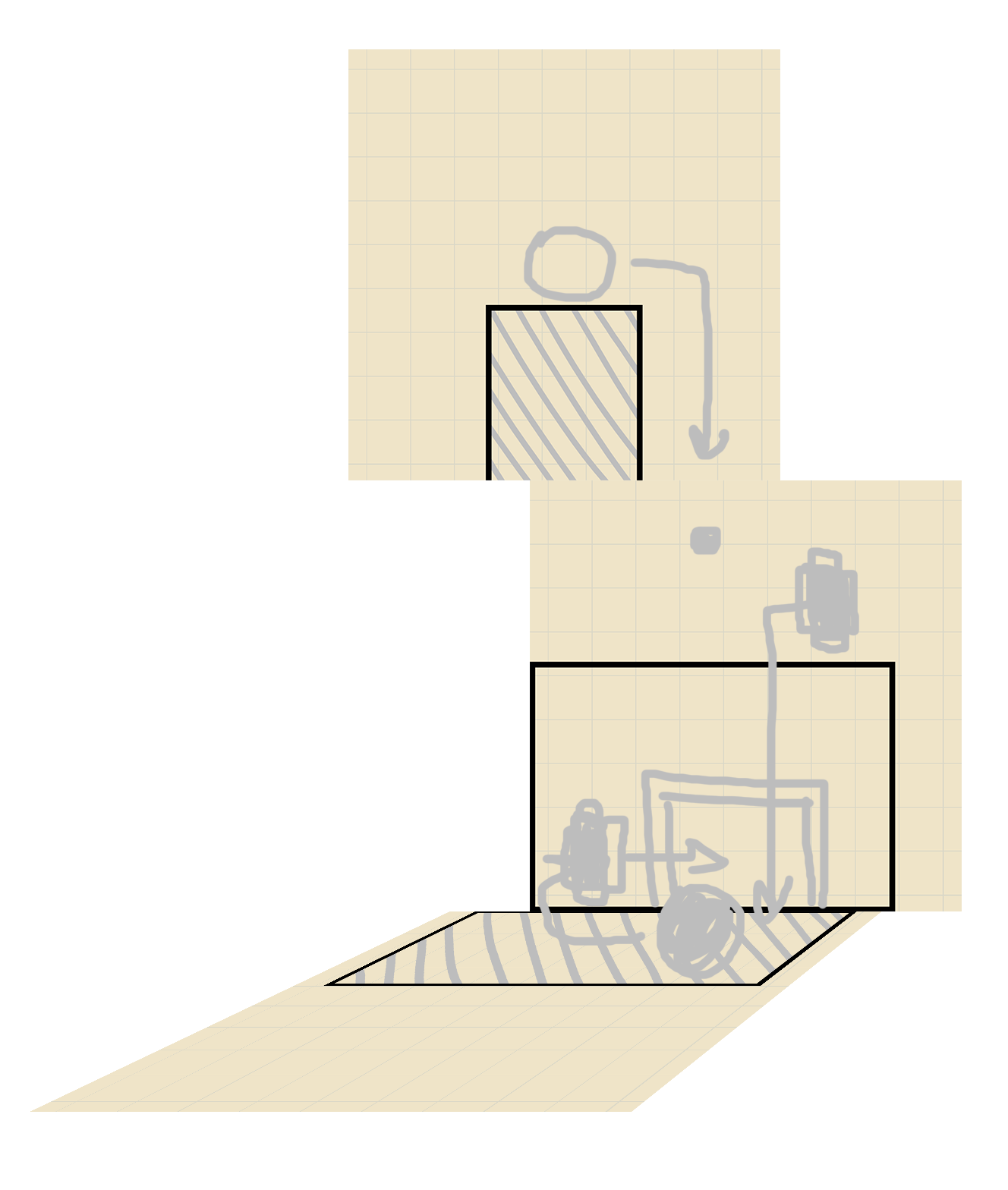
Level 2 Layout

Level 3 Layout

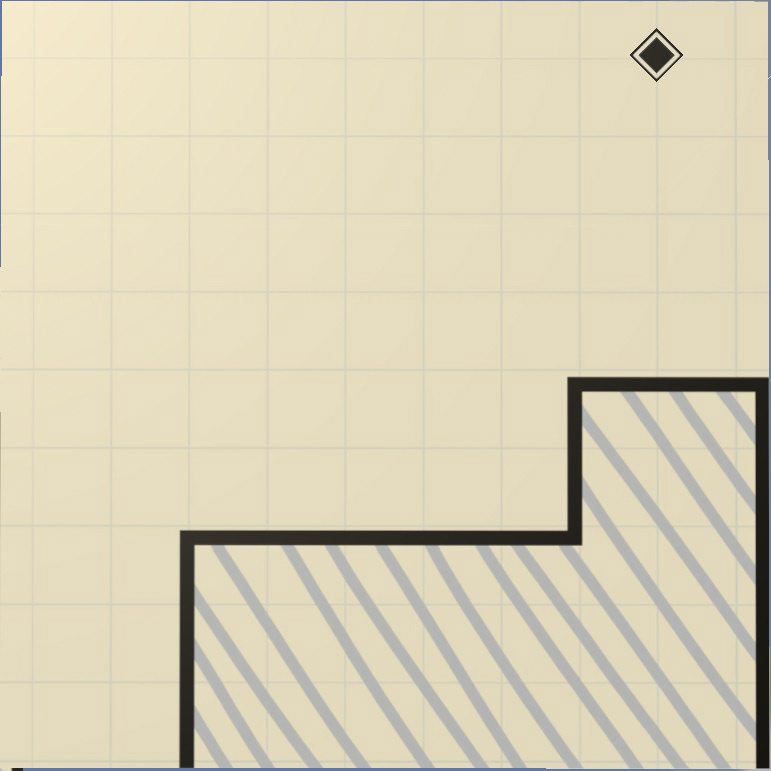

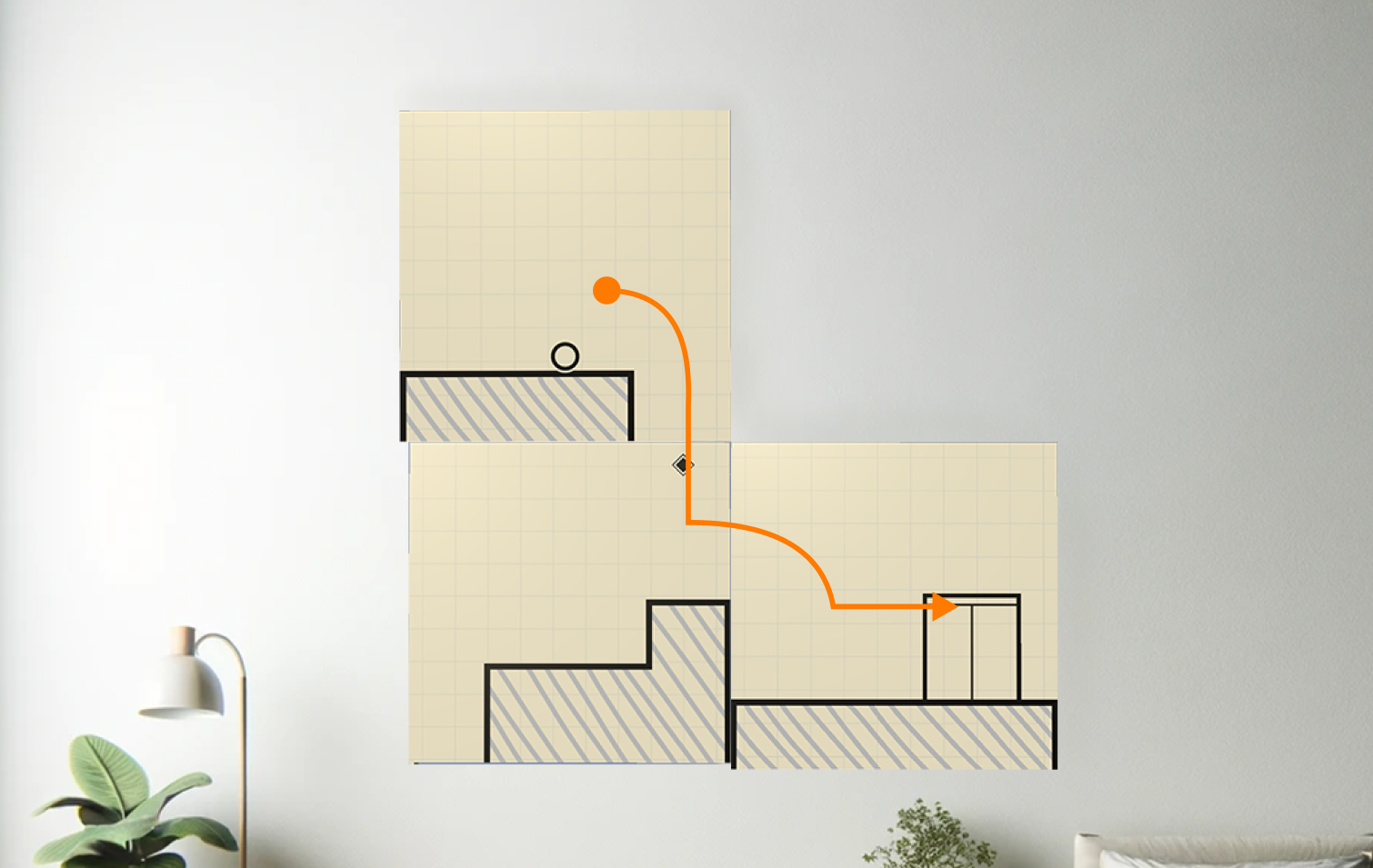
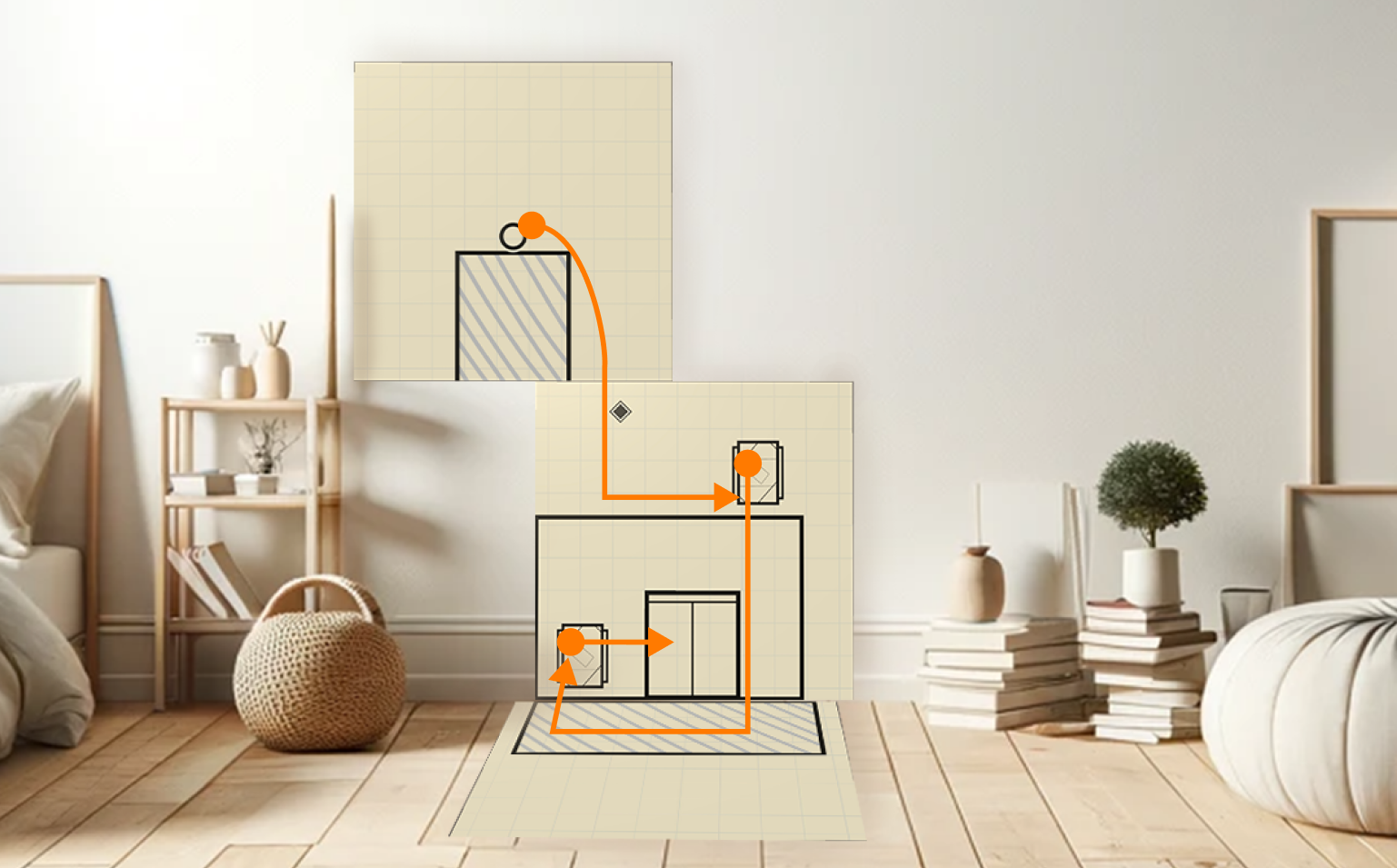

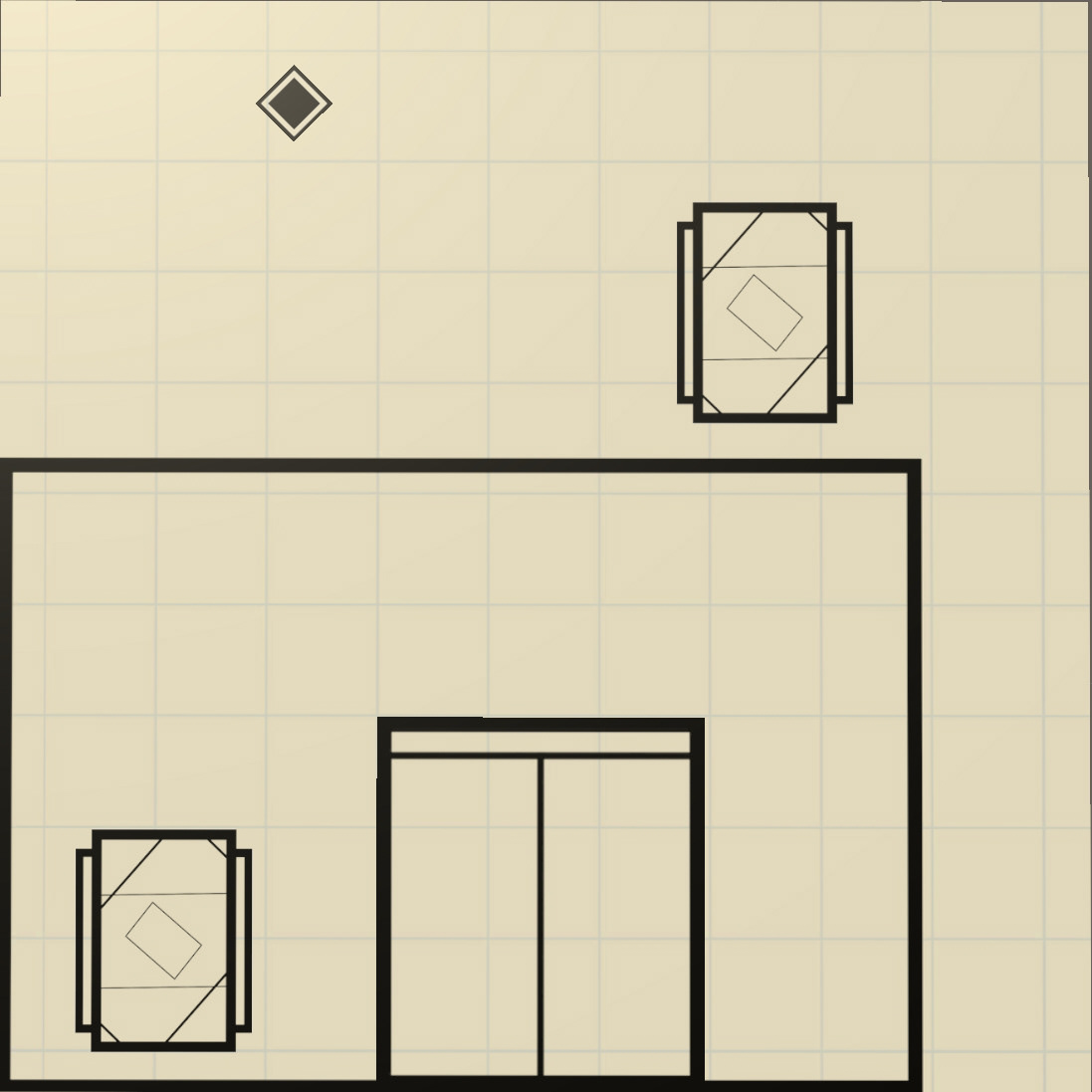
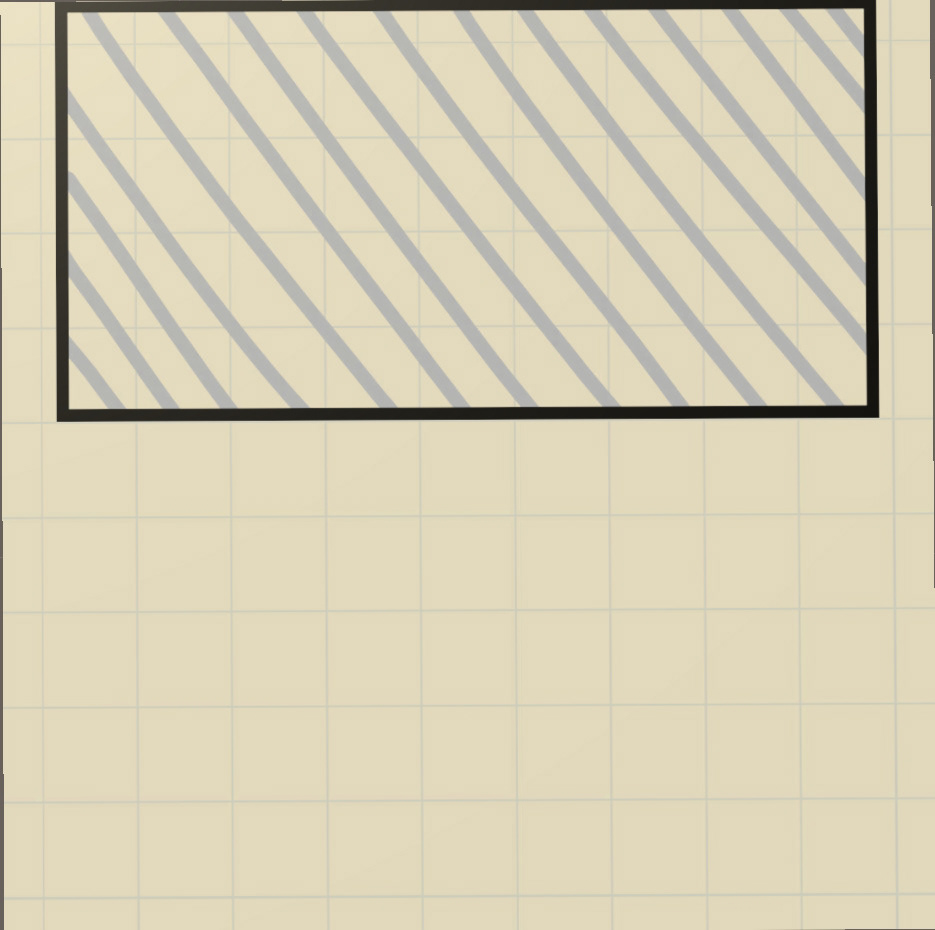

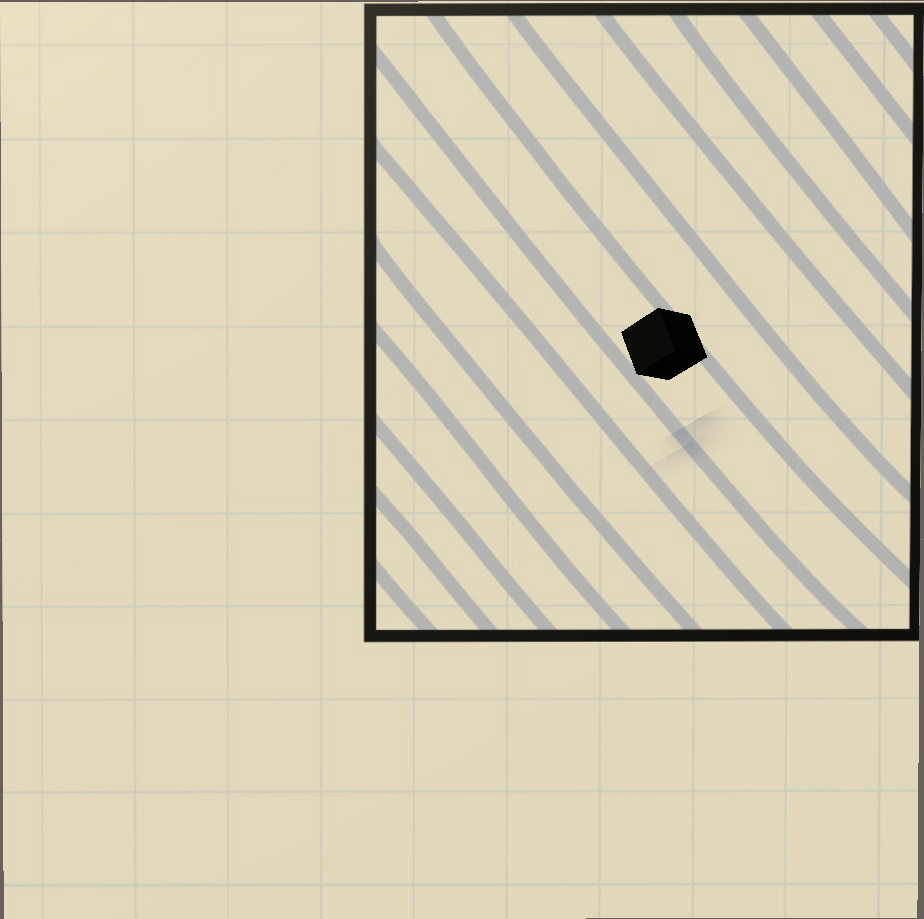
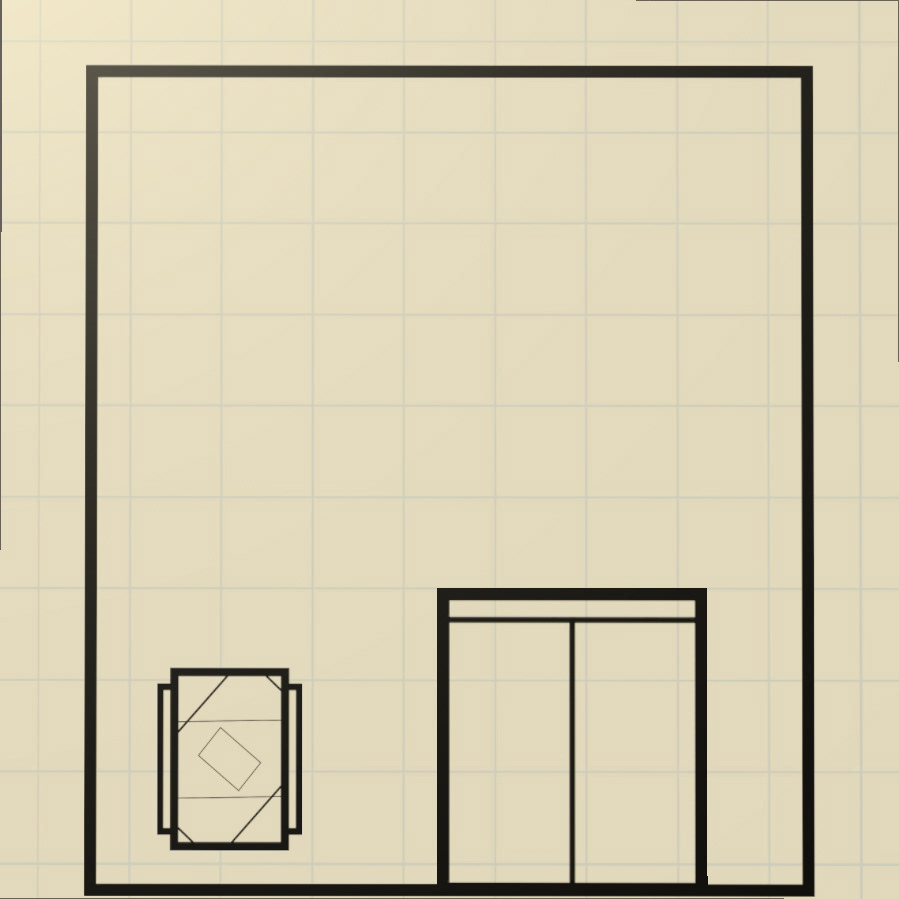
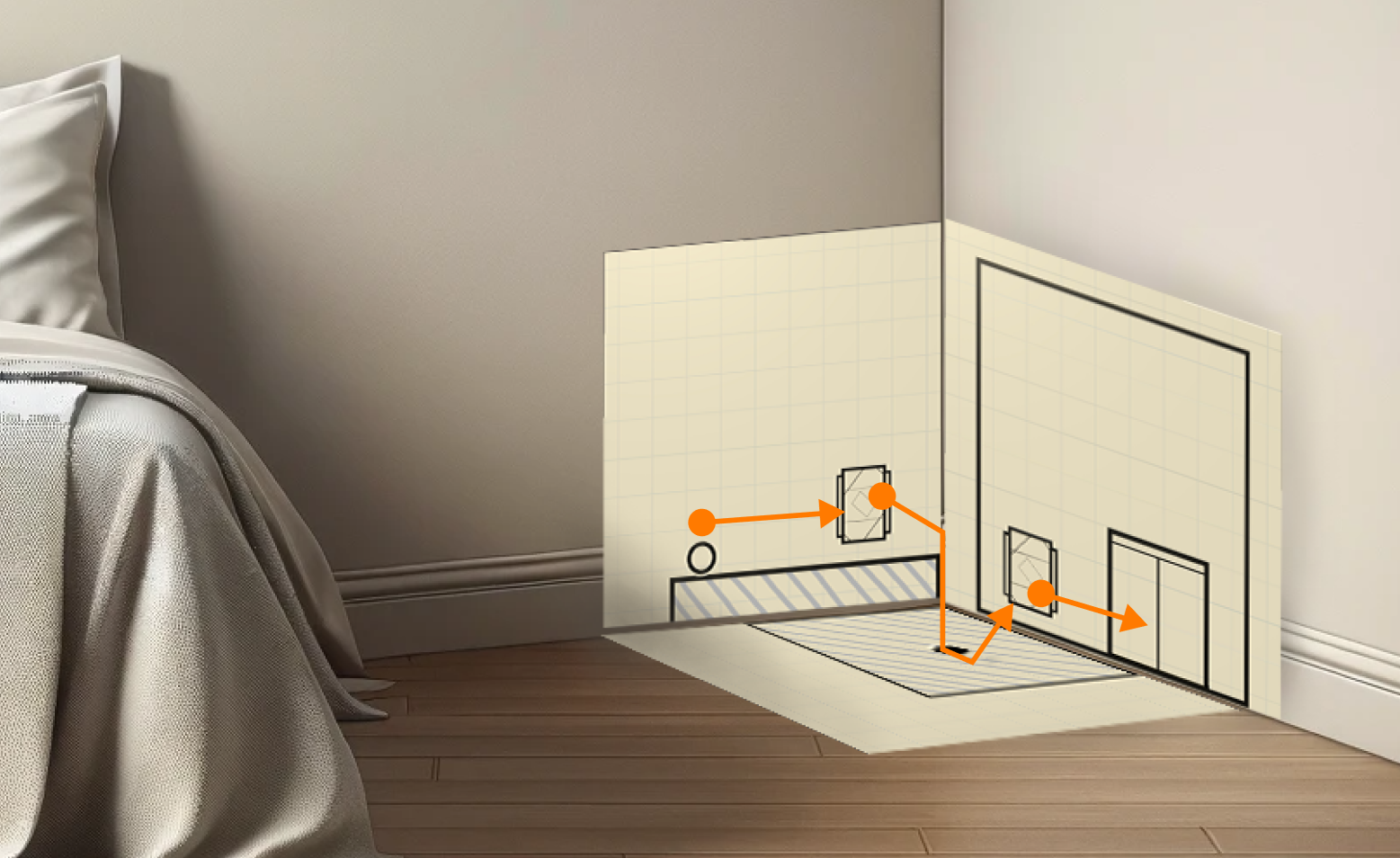
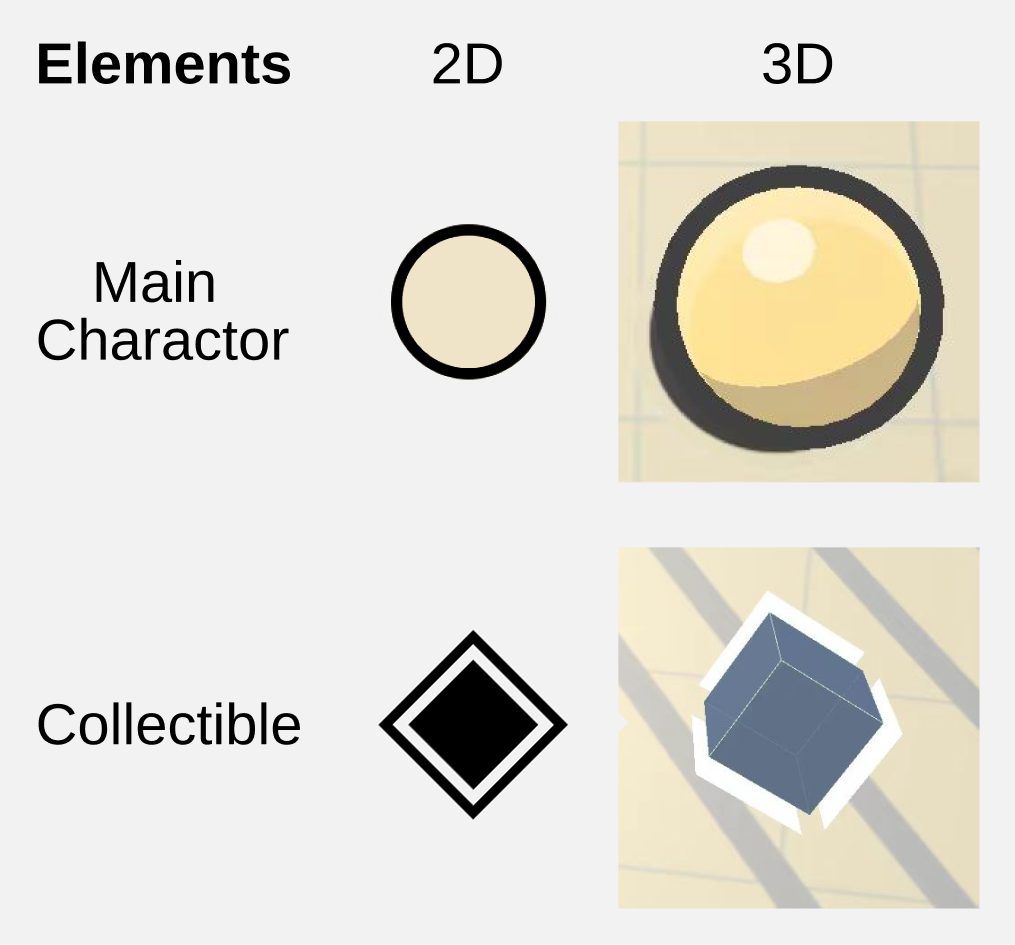
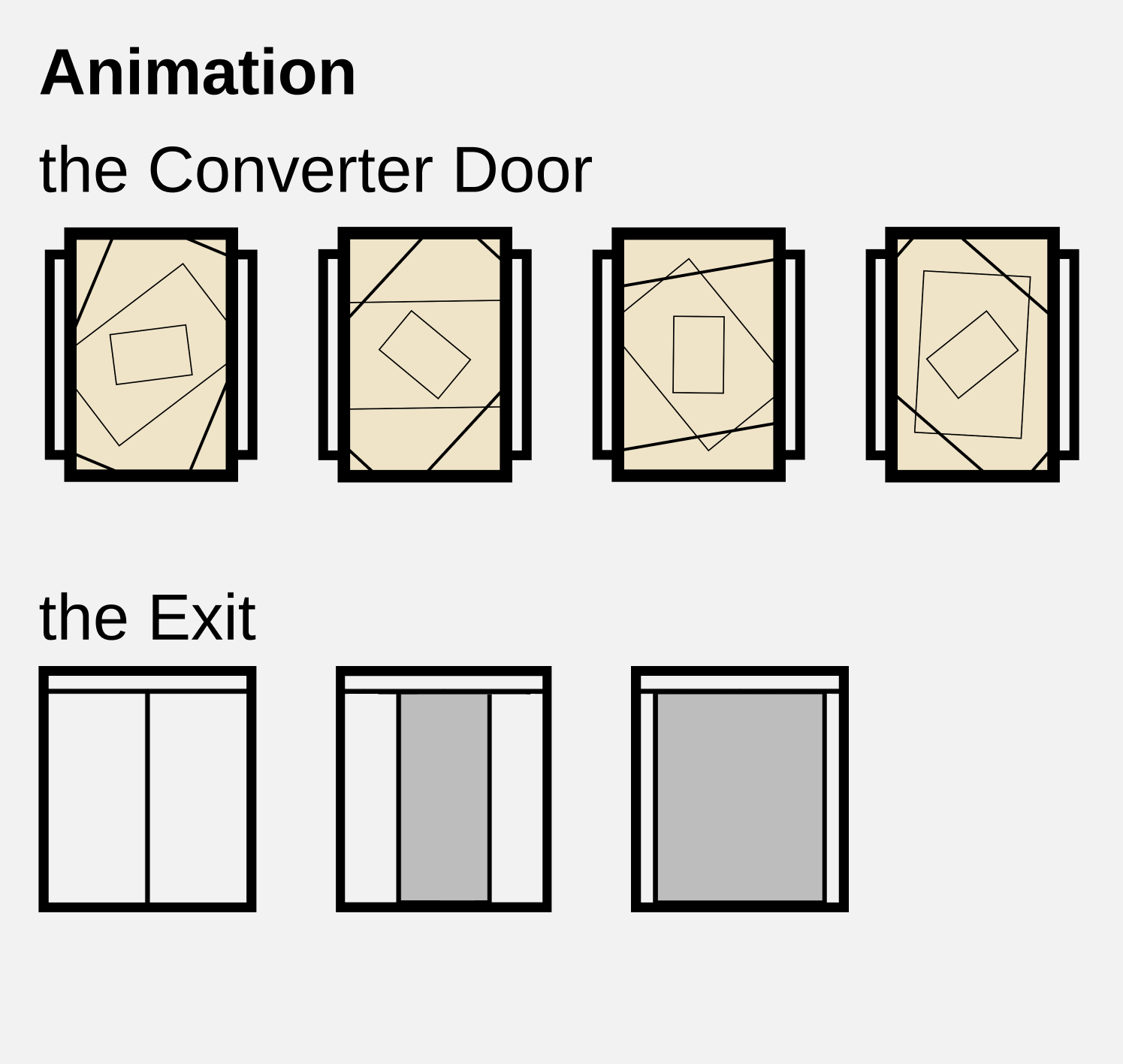
Initial Testing: Paper prototype
We used paper prototypes to test the feasibility of the game. We drew the levels on real sticky notes and found that simultaneously moving the paper and controlling the character's movement made it easy to bypass challenges through unconventional means. To address this, we added some rules, such as not allowing the character to jump, which means they can't move from a lower position to a higher one. This was done to encourage players to focus more on placing the paper correctly rather than manipulating the character's movement.
Tutorial Level
These are three very simple cards designed to help players understand the core gameplay and mechanics of the game.

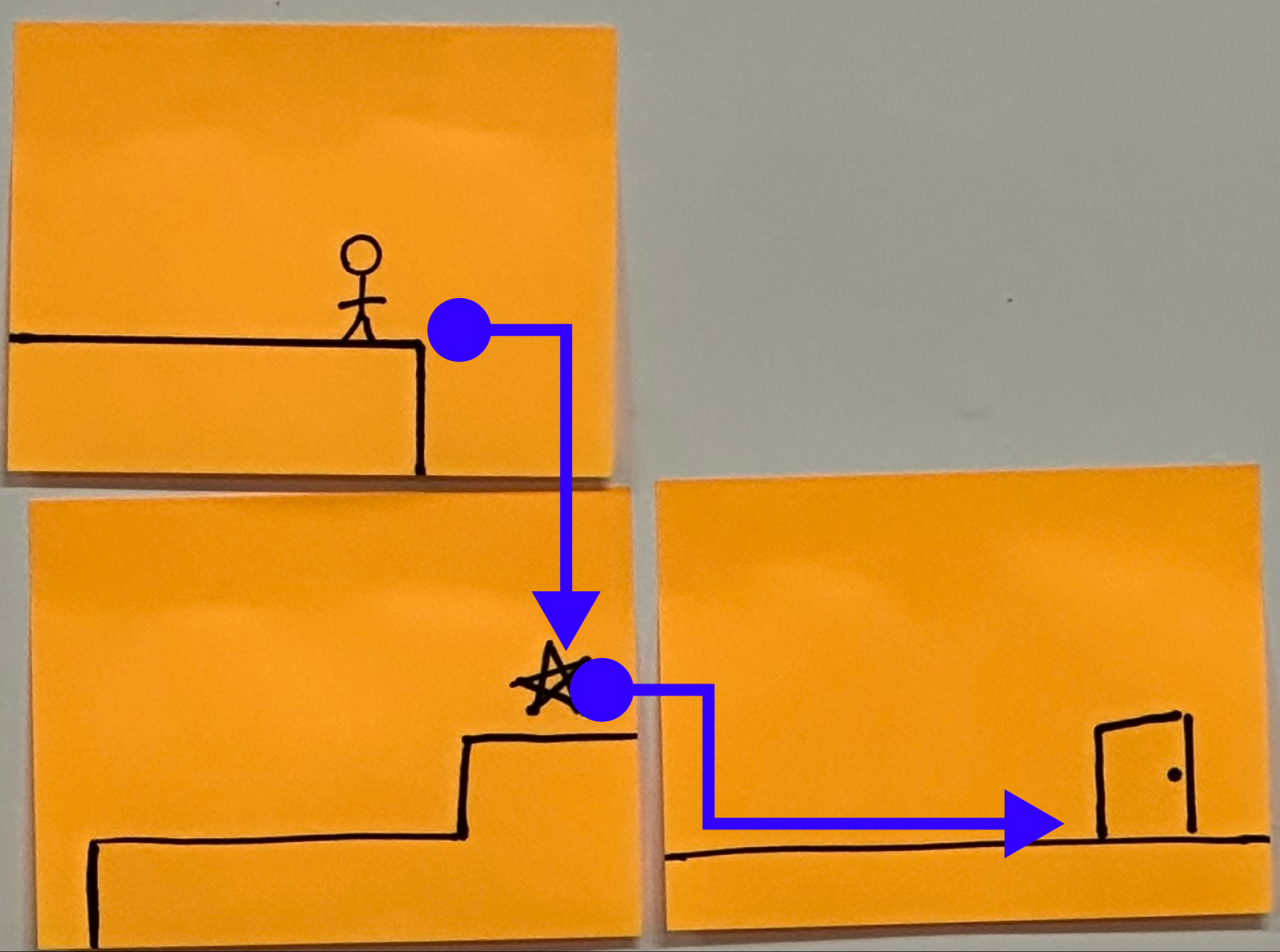
Two-Surface Level
We want to make the player's gaming experience more intriguing. In this level, even though there are only three pieces of paper, it might seem simple, but we won't tell the player that they need to find two walls to place them correctly.


Three-Surface Level
With hints from the previous level, the player can easily perceive that one piece of paper seems different and try to find the right location.
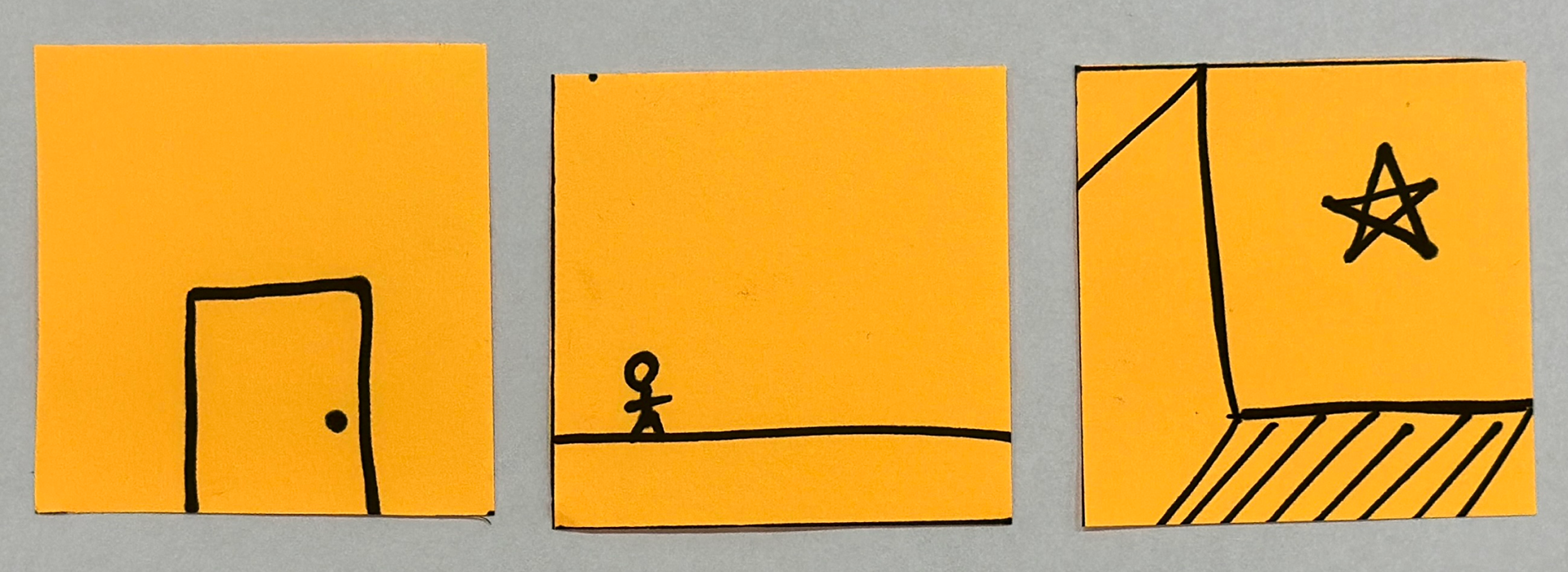
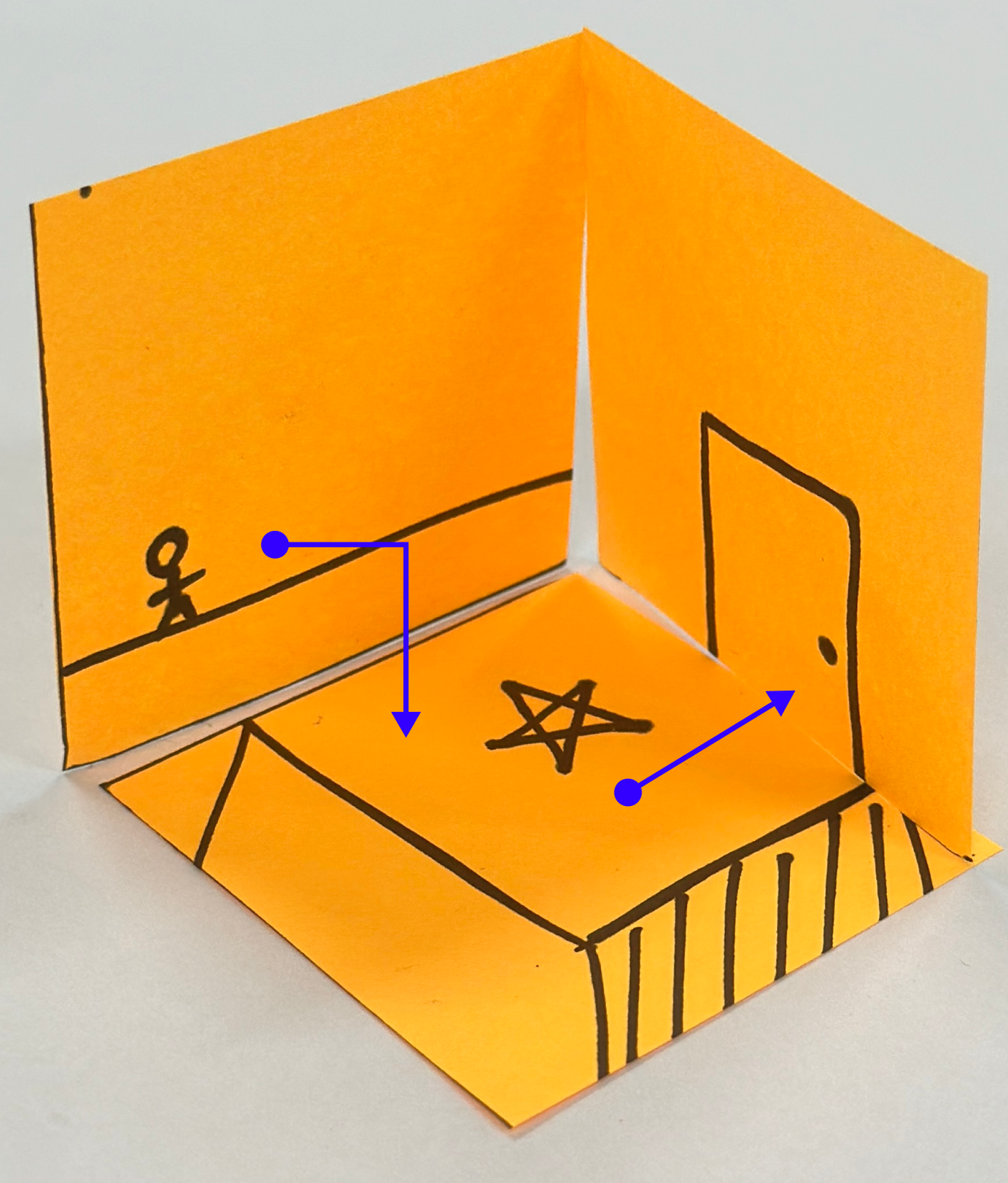
Other Level Experiments
This is one of the explorations to transition to a second surface. After placing the paper correctly, the player triggers a switch, causing the paper to move away from the wall and align with another paper on the second wall, allowing the main character to move to the other side.
This is a method to help the main character move from one wall to another by folding the paper.
